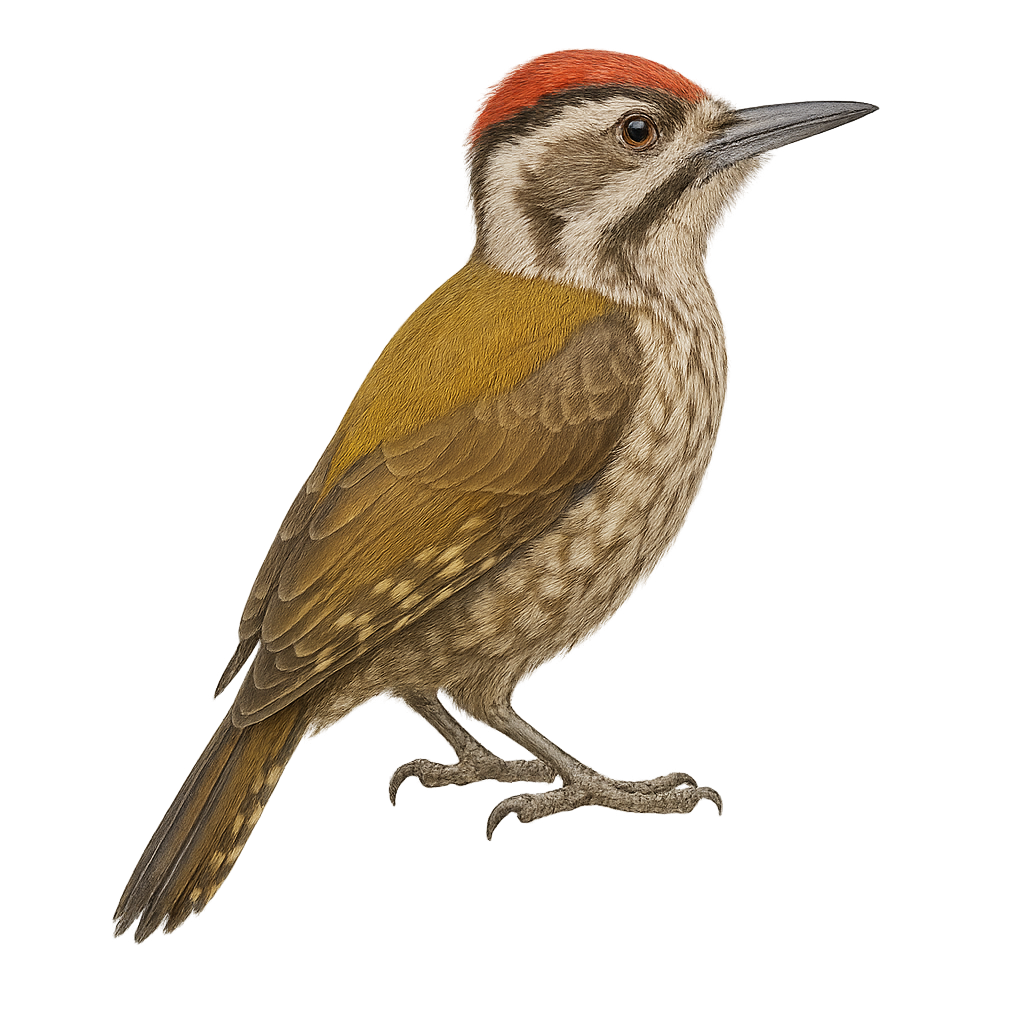Your wildlife photography guide.
Explore the abyssinian woodpecker in detail, study its behavior, prepare your shots.
Where to observe and photograph the abyssinian woodpecker in the wild
Learn where and when to spot the abyssinian woodpecker in the wild, how to identify the species based on distinctive features, and what natural environments it inhabits. The WildlifePhotographer app offers tailored photography tips that reflect the abyssinian woodpecker’s behavior, helping you capture better wildlife images. Explore the full species profile for key information including description, habitat, active periods, and approach techniques.
Abyssinian Woodpecker
Scientific name: Dendropicos abyssinicus

IUCN Status: Least Concern
Family: PICIDAE
Group: Birds
Sensitivity to human approach: Suspicious
Minimum approach distance: 10 m
Courtship display: March to May
Incubation: 13-15 jours
Hatchings: March to June
Habitat:
montane forests, tropical rainforests
Activity period :
Primarily active during the day, with peak activity in the morning and late afternoon.
Identification and description:
The Abyssinian Woodpecker, or Dendropicos abyssinicus, is a fascinating bird primarily found in the mountainous forests of East Africa. This medium-sized woodpecker features distinctive plumage with olive-green hues and red markings on the head, more pronounced in males. It is often seen drumming on tree trunks in search of insects, its main food source. Although relatively discreet, its drumming resonates through the forests, signaling its presence. The Abyssinian Woodpecker plays a crucial role in the ecosystem by controlling harmful insect populations. Its ability to adapt to different forest types makes it a resilient bird, although deforestation may threaten its natural habitats.
Recommended lens:
400mm – adjust based on distance, desired framing (portrait or habitat), and approach conditions.
Photography tips:
To photograph the Abyssinian Woodpecker, it's advisable to use a telephoto lens of at least 400mm to capture detailed images without disturbing the bird. Look for areas where drumming is audible, as this often indicates their presence. Be patient and discreet, as these birds can be suspicious. The best times to observe them are early in the morning or late afternoon when activity is at its peak. Use a tripod to stabilize your camera and achieve sharp images, especially in the low-light conditions of forests.
The WildlifePhotographer App is coming soon!
Be the first to explore the best nature spots, track rutting seasons, log your observations, and observe more wildlife.
Already 1 439 wildlife lovers subscribed worldwide

